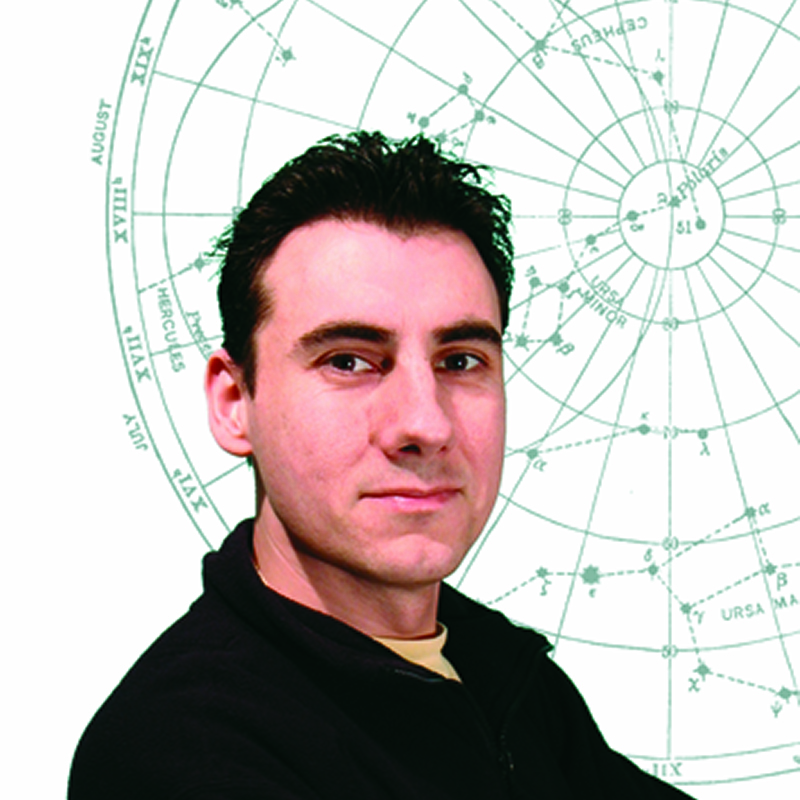A lunar occultation in astronomy is when the Moon appears to move in front of another object in the sky like a star, a planet or an asteroid.
Since the Moon is close to us, we see it move relatively fast, even against other planets in the Solar System. A lunar occultation of a planet lasts about an hour.
Faster still is a total solar eclipse, which is technically a lunar occultation since it’s caused by the Moon moving in front of our star, the Sun.
Read our guide on how to calculate and observe lunar occultations
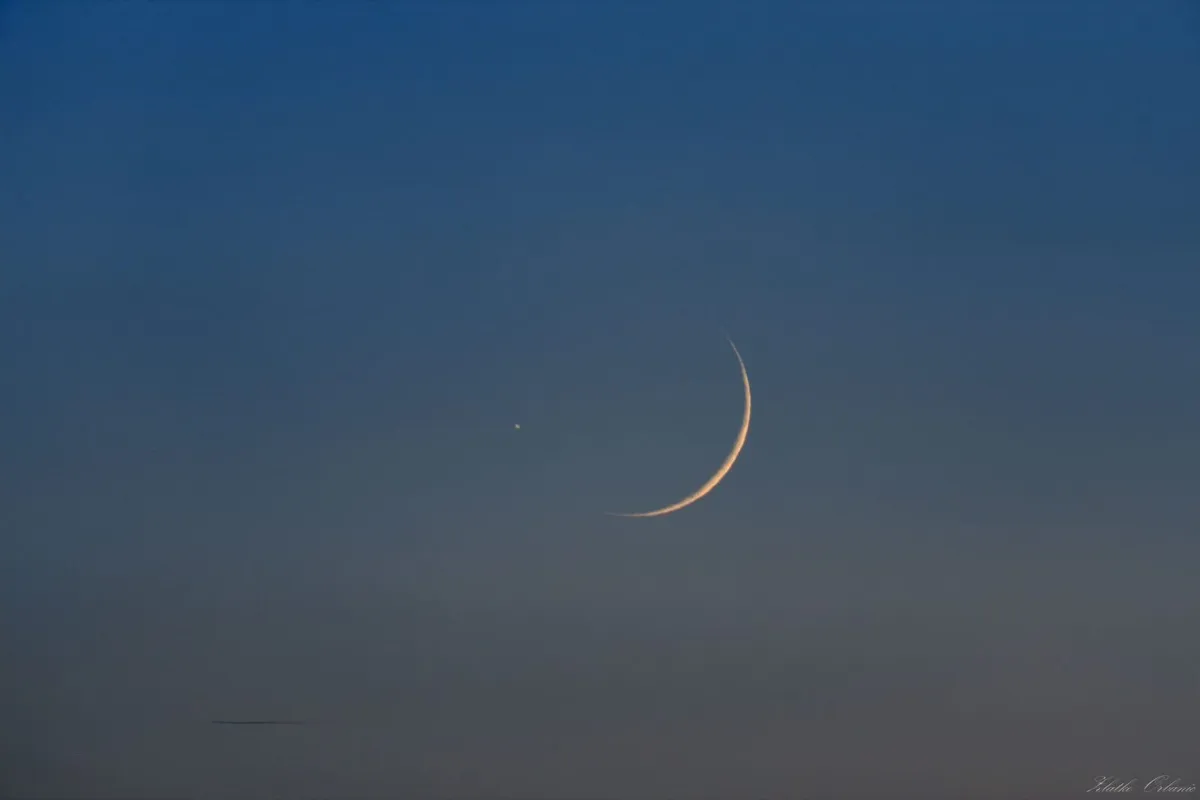
Lunar occultations of stars
While lunar occultations of planets are fairly rare events, the Moon occults bright stars quite regularly.
In fact, we can work out how many naked eye stars will be hidden by the Moon in a year by looking at the path the Moon takes through the sky.
This is centred on the apparent path of the Sun against the background stars, called the ecliptic, but tilted at a little over 5°.
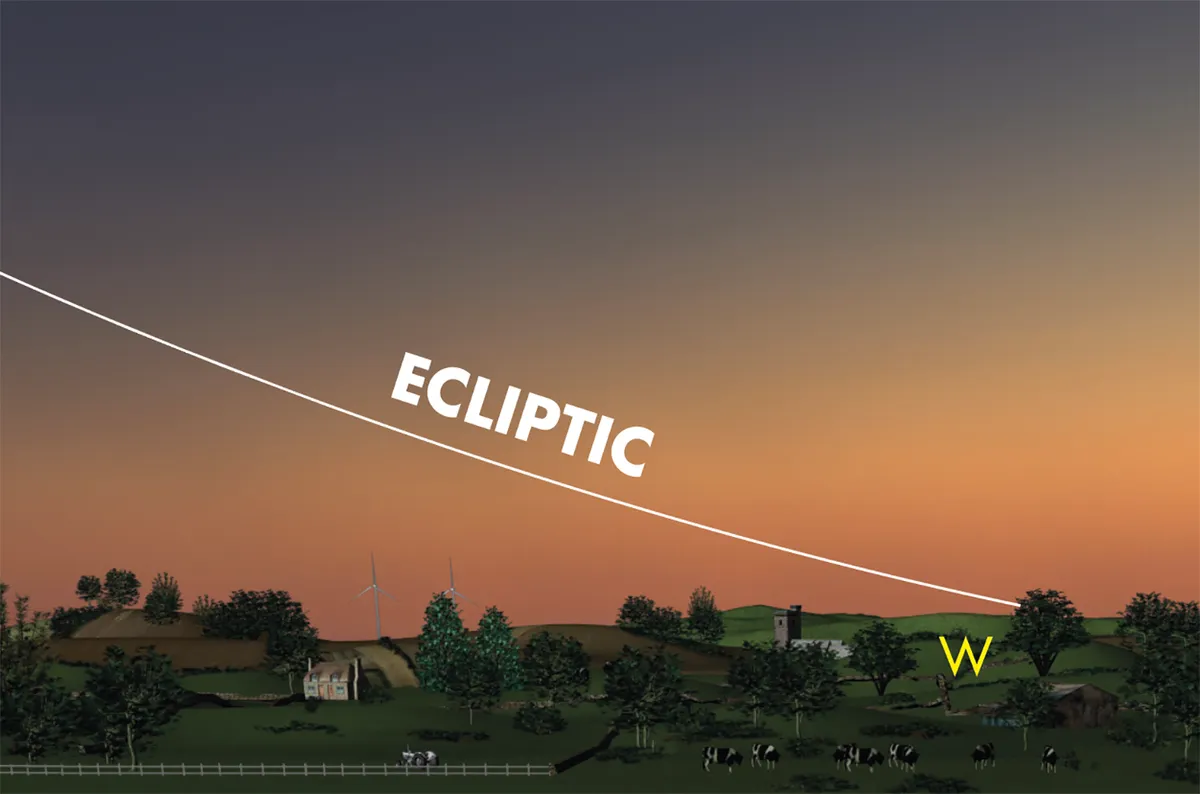
The Moon covers around 0.5% of the night sky in its yearly journey, equating to about 850 naked eye stars including bright ones like Aldebaran, Regulus, Spica and Antares.
In any one month, you can be pretty sure that the Moon will occult a few decent stars.
When the Moon occults a star, it’s like the star has been switched off: one moment it’s there, the next it’s gone.
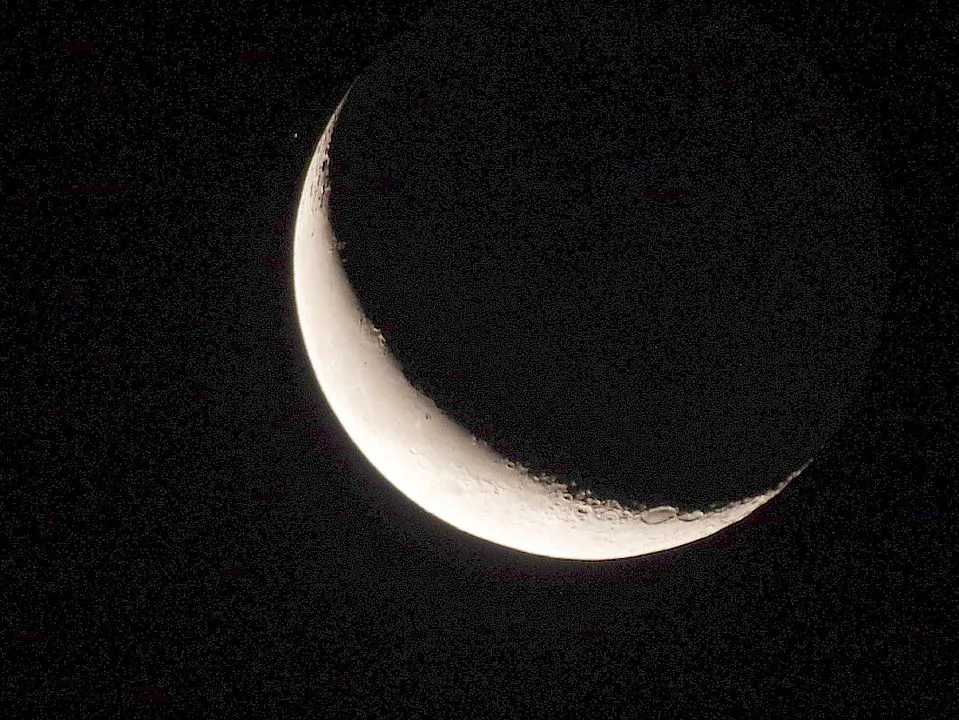
This is more noticeable before full Moon, when the Moon is ‘waxing’. Then, the part that first covers the star – the ‘left-hand’ edge – is dark and unlit.
It’s more impressive than seeing the star being hidden by the Moon’s bright edge.An occulted star will disappear almost immediately, and this shows that the Moon has no atmosphere.
If there were gases enveloping the Moon, an occulted star would shimmer and fade as it approached the lunar disc before finally fading out.
Lunar occultations of planets
Venus
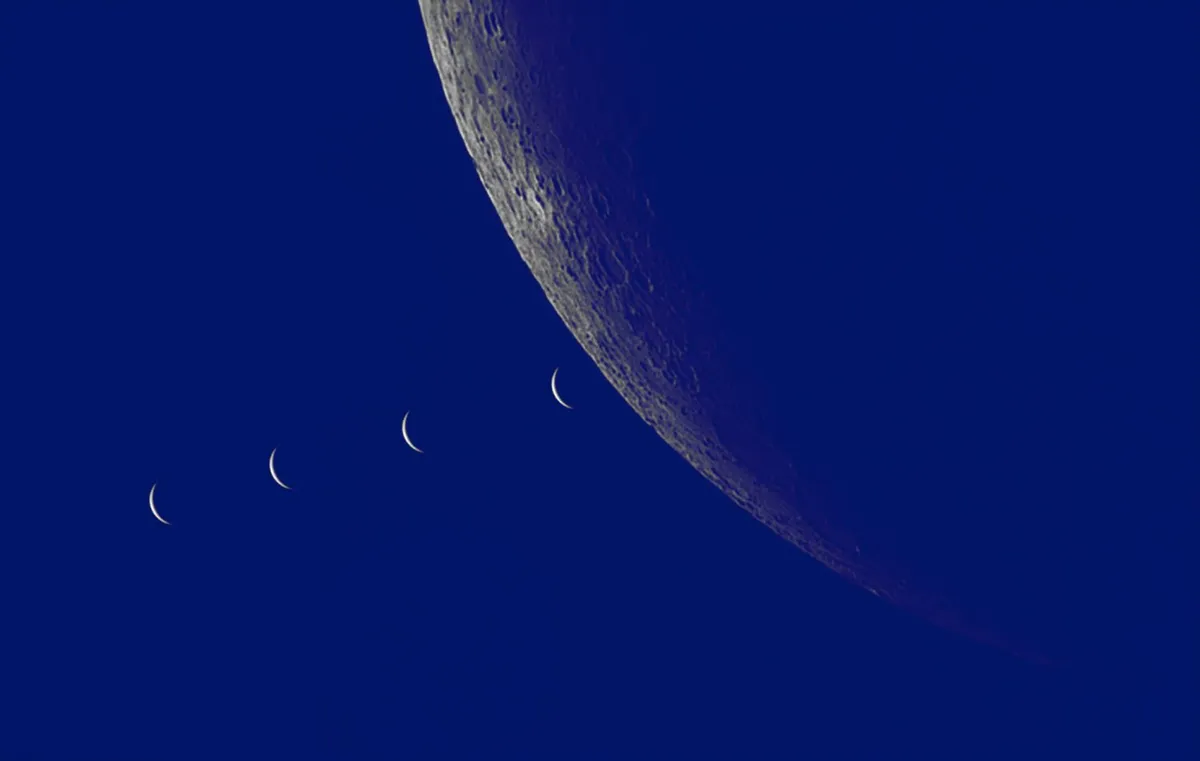
A lunar occultation of Venus is quite a sight, since through a telescope you’ll be able to see a phase on both the planet and the Moon. Sometimes Venus is bright enough to make the event visible through a scope in daylight.
Jupiter
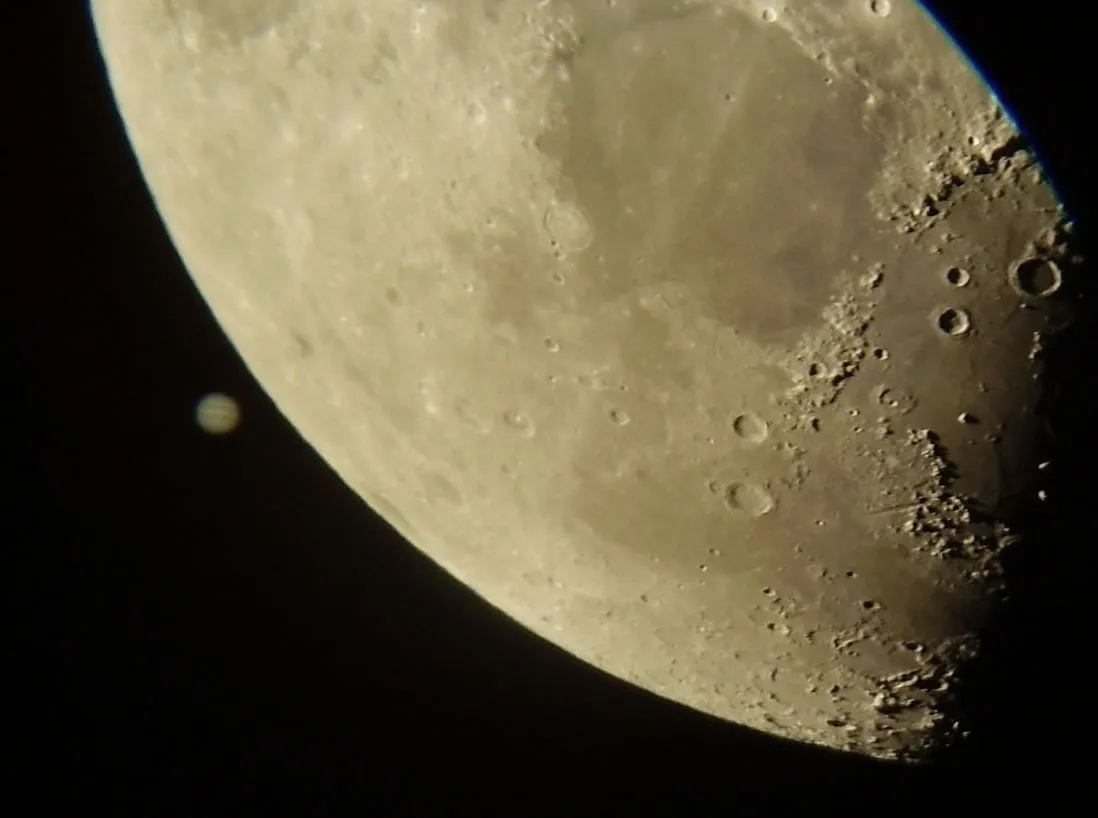
It's quite something to see Jupiter skim across the lunar limb. The gas giant peeping through lunar valleys can be a beautiful sight in 4- to 6-inch telescopes.
Mars
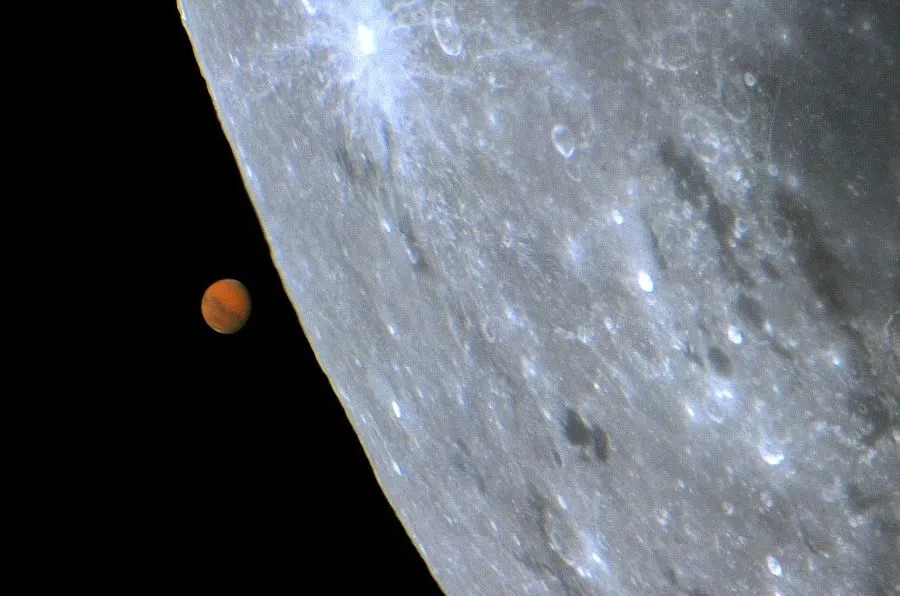
There’s a happy coincidence the next time the Moon moves in front of the Red Planet at night. It will be the subject of a lunar occultation the very day that the planet is at opposition, when it appears at its brightest and largest, on 8 December 2022.
Saturn
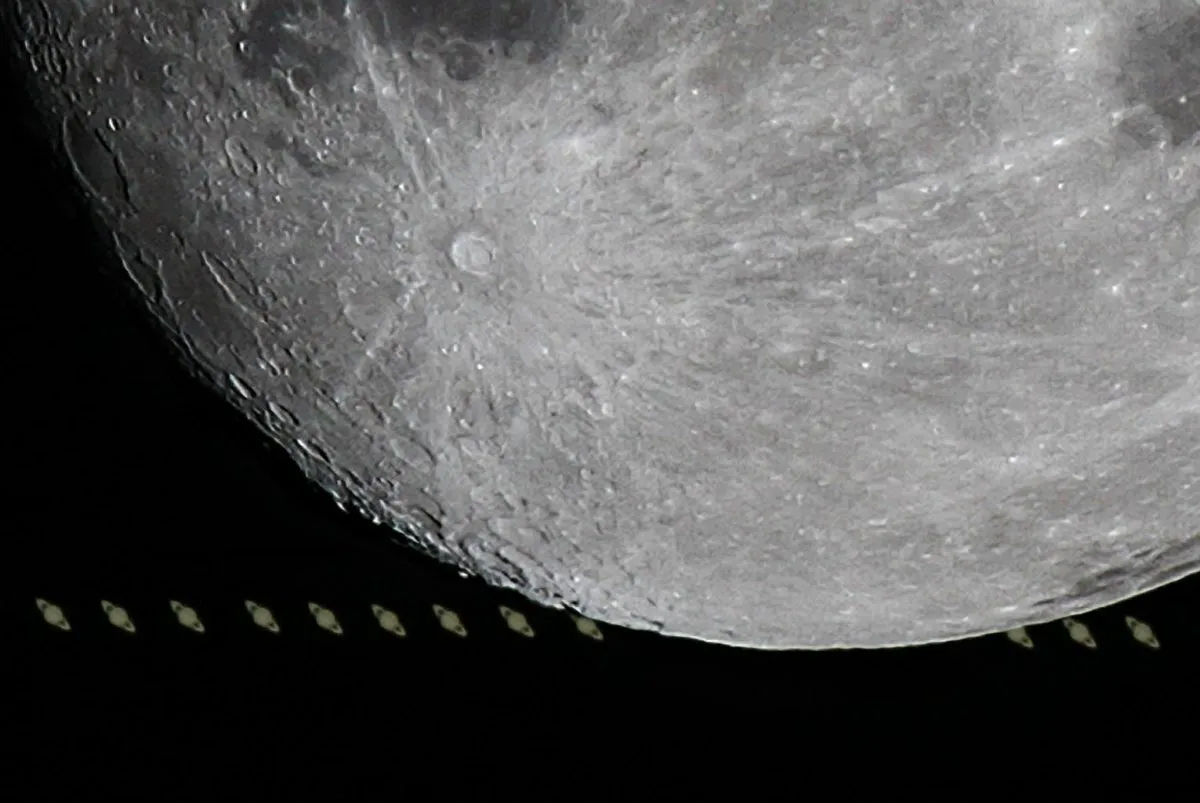
It’s an awe-inspiring sight to watch Saturn and its rings slip behind the Moon’s dark limb through even a small telescope. In the UK, the next such event is occurring on 21 August 2024.
Grazing occultations
A star or planet can appear to come into contact with the Moon anywhere along the leading, eastern edge of its round disc.
However, sometimes the Moon only just brushes objects with its edge. These truly rewarding events are known as ‘grazing occultations’.
They enable us to see that the Moon’s surface is marked with mountains and craters.
During a lunar graze, the star or planet being occulted will blink in and out of view as it passes behind the mountains and valleys along the Moon’s limb.
However, these events are only visible from a narrow path on the Earth, so you have to be in exactly the right place to see one; too far one way and there will be no occultation, too far the other and the object will be completely hidden.
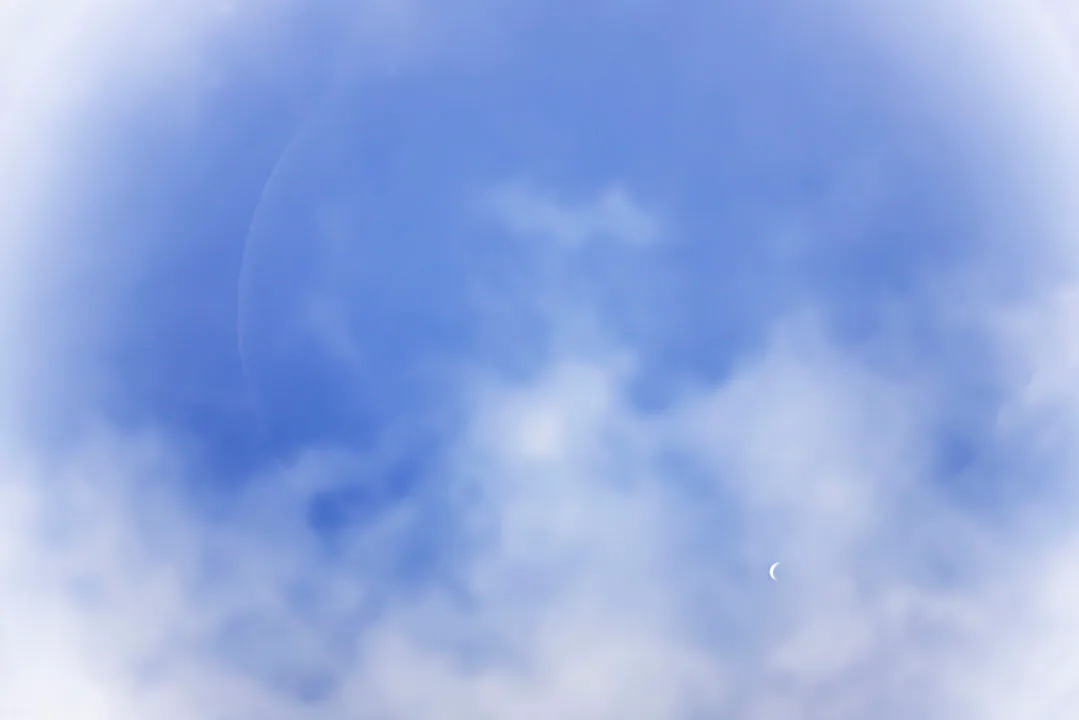
How to record an occultation in astronomy
Observations of an occultation in astronomy can also be used for scientific purposes, to refine the profile of the Moon and its orbit and to reveal hidden multiple stars.
For scientifically useful records, find the latitude and longitude of your observing position.
Watch the occultation through a small telescope, timing it with a stopwatch that can record split/lap times. As soon as the star disappears, start the stopwatch.
When it emerges, hit the split/lap button and write down the elapsed time, but keep the stopwatch running.
Stop the stopwatch a short time later while keeping an eye on an accurate clock. Note down the time you stopped the stopwatch (eg 22:32:06).
To find the time of day (or night) when the star disappeared, subtract the final time shown on the stopwatch from the time you noted down from the clock.
To get the time when the star emerged, add the split/lap time. For this purpose it might be worth keeping an astronomy logbook. You can submit your recordings to the Society for Popular Astronomy’s Occultation Section.
Have you managed to photograph an occultation? Find out how to submit your images to BBC Sky at Night Magazine.
